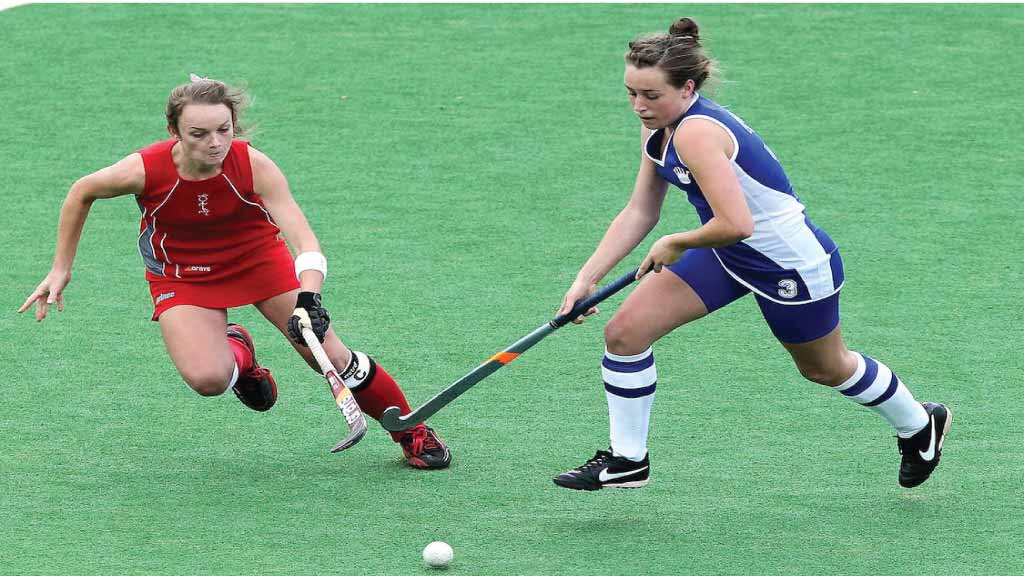In hockey, the game is divided into three periods, each lasting a specific amount of time, usually 20 minutes at professional levels like the NHL. However, the duration of periods may vary in different leagues and age groups, with youth and amateur games often having shorter periods. Between each period, there’s a break where teams strategize, rest, and make any necessary adjustments. These breaks are vital for players to regain their energy and for coaches to analyze the game’s progress.
Additionally, during intermissions, entertainment and advertisements often take place, adding to the excitement of the overall spectator experience. Each period offers teams the opportunity to showcase their skills, tactics, and teamwork, with the game’s pace often intensifying as the clock winds down. Overall, the division of the game into periods allows for structured gameplay, strategic planning, and thrilling action from start to finish.
Table of Contents
Toggle1. Regular Periods:
Regular periods are a foundational aspect of hockey games, providing a structured framework that shapes the dynamics of play in both ice hockey and field hockey. In a standard game, regardless of the variant of the sport, teams engage in three periods of intense competition. Each period is slated for approximately 20 minutes of active gameplay, intended to showcase the athletes’ skills, strategies, and resilience.
However, the actual duration of each period is subject to fluctuation due to various stoppages in play. Instances such as the puck going out of play, penalties being assessed, or interruptions for goals or injuries can halt the clock, leading to variations in the time required to complete a period. This unpredictability adds an element of suspense and strategic calculation, as teams must adapt their approach based on the evolving circumstances of the game.
Between each period, players are granted a brief respite to catch their breath, hydrate, and receive any necessary medical attention. This intermission period, typically lasting a few minutes, allows athletes to recharge both physically and mentally, ensuring they are prepared for the challenges of the upcoming period. Moreover, in the realm of ice hockey, these breaks serve the additional purpose of ice resurfacing, a crucial maintenance task that contributes to the safety and quality of gameplay.
One notable feature of hockey’s period structure is the practice of teams switching ends of the playing surface after each period. This strategic maneuver aims to address any potential disparities in ice conditions or environmental factors that could favor one team over the other. By alternating ends, teams ensure fairness and equality throughout the game, enhancing the integrity of the competition.
Overall, regular periods in hockey play a pivotal role in shaping the rhythm, strategy, and spectacle of the sport. They provide a structured framework for gameplay, punctuated by moments of intensity and anticipation. As players take to the ice and fans eagerly watch from the sidelines, the periodic structure of hockey games continues to captivate audiences worldwide, embodying the essence of competition, camaraderie, and sportsmanship.
2. Overtime:
Overtime serves as a thrilling extension of regulation play in hockey, providing an opportunity to determine a clear winner in the event of a tied game. When the score remains deadlocked at the conclusion of three periods, teams brace themselves for the intensity of overtime, where every moment counts in the quest for victory.
The format and duration of overtime periods can vary depending on the league or competition rules. In prestigious professional leagues like the NHL (National Hockey League), overtime typically unfolds as a sudden-death period, where the first team to score clinches the win. This high-stakes scenario heightens the tension on the ice as players strive to capitalize on scoring opportunities while also maintaining defensive vigilance.
Moreover, overtime periods often undergo modifications to create additional excitement and increase the likelihood of decisive outcomes. For instance, leagues may implement variations such as reducing the number of players on the ice, transitioning to formats like 3-on-3 or 4-on-4. By reducing player numbers, teams are afforded more open space, fostering faster-paced action and enhancing scoring chances. This adjustment injects an extra layer of strategy as coaches must deploy their lineups strategically to maximize offensive potency while minimizing defensive vulnerabilities.
However, if neither team manages to break the deadlock during the overtime period, the game progresses to a shootout, a spectacle that tests the nerves and skills of players and goaltenders alike. In a shootout, each team selects a predetermined number of shooters to take penalty shots against the opposing goaltender. As the tension mounts and the crowd holds its breath, shooters attempt to outmaneuver goaltenders with a combination of speed, skill, and precision. The team with the most goals at the conclusion of the shootout emerges victorious, securing the coveted extra point in the standings.
Overall, overtime adds an exhilarating dimension to hockey, elevating the drama and intensity of closely contested games. Whether it’s the sudden death pressure of overtime or the nail biting suspense of a shootout, these additional periods offer a captivating conclusion to matches, leaving fans on the edge of their seats until the final buzzer sounds.
3. Intermissions:
Intermissions in hockey are not just breaks in the action; they are integral moments that shape the flow and dynamics of the game. Spanning approximately 15 to 20 minutes between periods, these intermissions offer a valuable opportunity for teams, officials, and spectators to reset and refocus.
For players, intermissions are a crucial period of rest and preparation. After expending significant energy during gameplay, athletes use this time to replenish their fluids, hydrating to maintain peak performance levels. Additionally, coaches seize the opportunity to provide strategic guidance and feedback to their players. Whether it’s discussing tactical adjustments, reinforcing key strategies, or offering words of encouragement, these coaching instructions play a pivotal role in shaping the team’s approach for the remainder of the game. Furthermore, players may take advantage of the break to make any necessary equipment adjustments, ensuring that their gear is comfortable and functioning properly for the next period of play.
Beyond the realm of competitive play, intermissions also serve as a brief respite for officials tasked with overseeing the game. Referees and linesmen use this time to review calls, confer with their colleagues, and mentally prepare for the demands of officiating the upcoming period. This brief pause allows officials to maintain focus and ensure the integrity of the game’s officiating standards.
For spectators, intermissions provide a chance to catch their breath and engage in ancillary activities. Whether it’s grabbing a snack, socializing with fellow fans, or simply stretching their legs, spectators use this time to recharge before the action resumes. Intermissions also present an opportunity for broadcasters to provide analysis and commentary, offering insights into the game’s key moments and trends.
Overall, intermissions serve as vital intervals that punctuate the rhythm of hockey games. They facilitate crucial moments of rest, preparation, and engagement for players, officials, and spectators alike. In the dynamic world of hockey, these brief respites play an essential role in enhancing the overall experience of the sport, contributing to its excitement, strategy, and spectacle.
4. Minor Variations:
Minor variations in the structure of hockey games add diversity and adaptability to the sport, catering to different levels of play and regional preferences. While the standard format of three periods is widely recognized, variations exist to accommodate the unique needs and regulations of various leagues and competitions.
For instance, youth or amateur leagues may opt for shorter periods to align with the age and skill level of their players. These modified formats not only ensure that games are appropriate in length but also facilitate player development by emphasizing skill-building and participation.
Additionally, overtime rules may differ across leagues and competitions, offering alternative methods for resolving tied games. While sudden death overtime is common in professional leagues like the NHL, other organizations may implement formats such as extended overtime periods or shootout scenarios to determine a winner.
Moreover, non-traditional forms of hockey, such as roller hockey or street hockey, often feature their own set of rules and variations. The number and duration of periods in these variants may be adjusted based on factors such as playing surface, available space, and local customs. These adaptations allow players to enjoy the sport in diverse settings while maintaining the core principles of competition and camaraderie.
Overall, minor variations in hockey reflect the sport’s adaptability and inclusivity, accommodating players of all ages, skill levels, and environments. Whether it’s adjusting period lengths, overtime rules, or playing surface, these variations ensure that hockey remains accessible and enjoyable for participants worldwide.
Conclusion: How Many Periods in Hockey?
In conclusion, the structure of hockey games, characterized by regular periods, overtime rules, and minor variations, significantly contributes to the sport’s richness and diversity. Whether played on ice, field, or alternative surfaces, hockey’s adaptability accommodates players of all ages and skill levels while fostering a sense of camaraderie.
These elements, from standard periods to unique overtime formats, underscore hockey’s enduring appeal and global popularity, uniting enthusiasts in a shared passion for the game. Moreover, the physical demands of hockey highlight the importance of fitness, with stretching playing a crucial role in preventing injuries and maintaining optimal performance on the ice.

